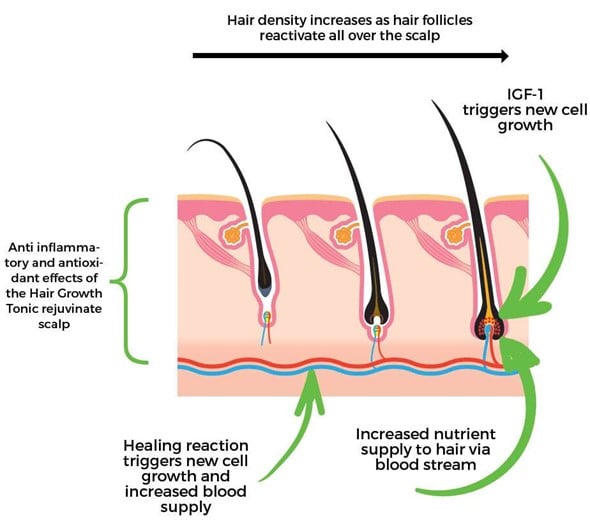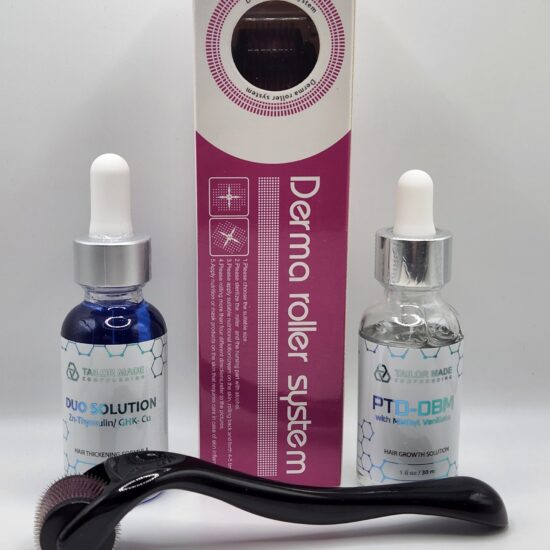TED treatment (TransEpidermal Delivery) is an ultrasound-based system that uses sound waves and air pressure to enhance the penetration of a powerful topical hair growth formula into the scalp.
This combination is designed to increase blood flow, optimize scalp health, and stimulate hair follicles to produce thicker, stronger, healthier hair.
When Alma TED is used with this topical formula, it promotes increased blood flow to the scalp and a healthier, thicker, stronger head of hair. It offers these benefits without the discomfort and shedding commonly associated with in-office hair growth treatments.
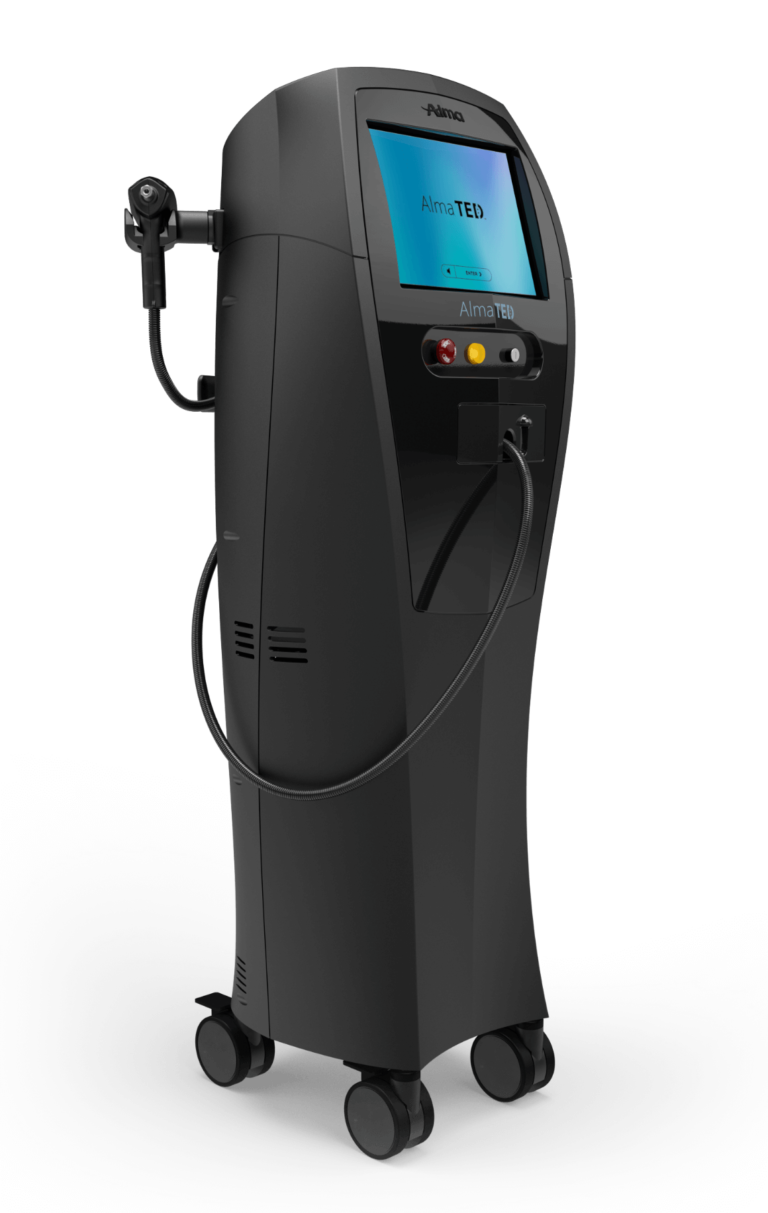
Who is a Good Candidate for Treatment with Alma TED? – Patients who are experiencing hair shedding, hair loss or hair thinning may be good candidates for treatment with TED. A consultation is recommended to determine if you are a good candidate for TED treatment. TED was developed to be used on any individual that is suffering from hair loss or wants to improve the overall thickness and appearance of their hair.
What Should I Expect with Alma TED? – TED is a quick, 20-25 minute treatment. During your consultation, our Clinical Trichology team will perform a detailed evaluation of your scalp and hair, quantifying your hair density and hair caliber in each zone, as well as assessing your overall scalp health to personalize and customize the best treatment plan for you. You’ll notice improvements within one month of your first treatment. Best results are seen after a series of 3 treatments.
Is the Alma TED Treatment Painful? – No, the treatment is quite comfortable and, for many patients, relaxing. You can expect to feel a warm sensation from the device and a vibration or ringing sound through the course of treatment, but there is no pain involved. No needles and no anesthesia are required. No trauma or discomfort at the scalp.
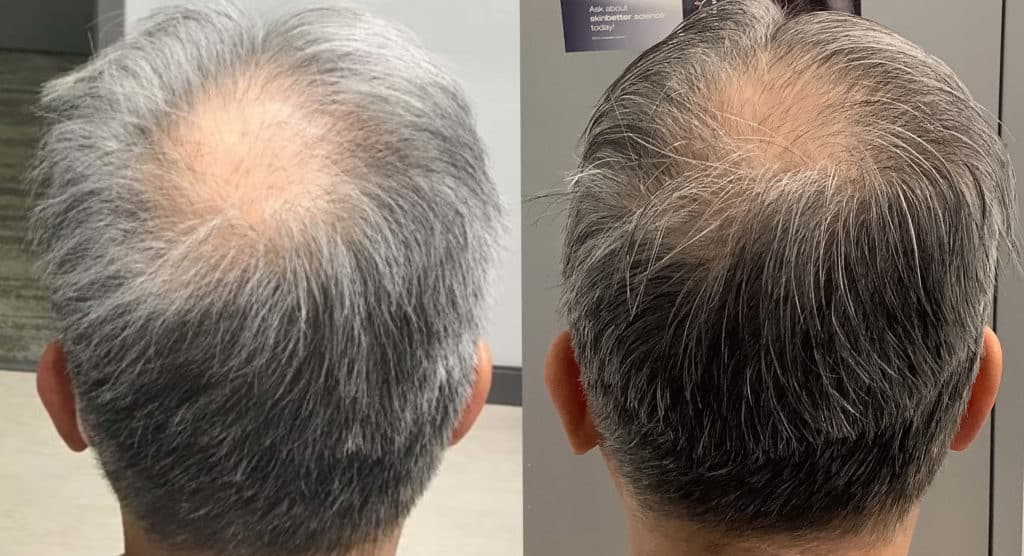
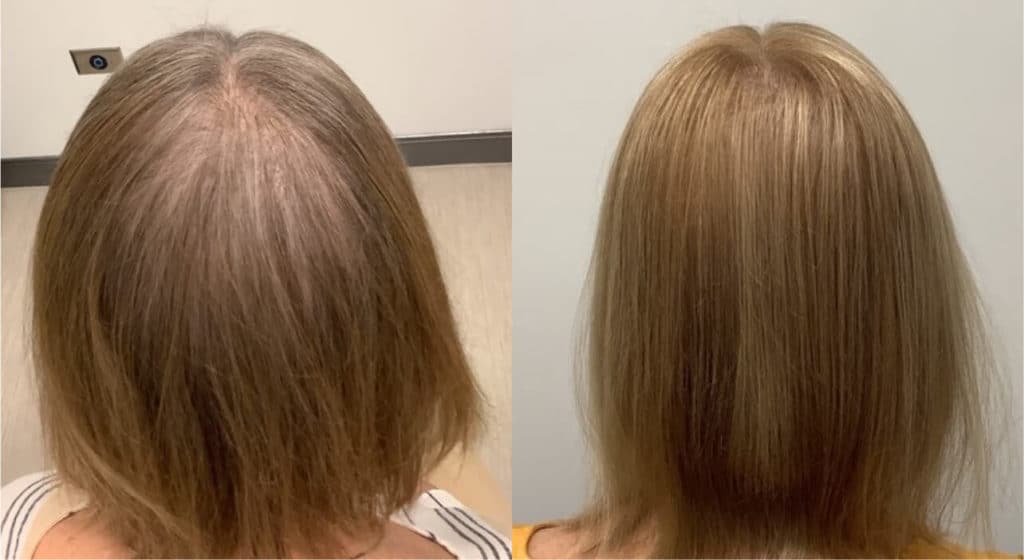
Baseline and Post 4 Treatments. Photo Courtesy of Lady Dy, MD, FAAD
Baseline and Post 2 Treatments.
Photo Courtesy of Lady Dy, MD, FAAD
How Soon Will I See Results From Alma TED? – You can expect to see minor results after one TED treatment, but it is typically recommended to have a series of at least three TED treatments, one month apart, for optimal results.
How does Alma TED compare to other non-surgical/non-invasive Regenerative Treatments? – It’s important to know that every patient is an individual, and there is no “one size fits all” therapy. Other therapies at HPIHair are typically a once/twice-a-year treatment, whereas TED would require a series of three treatments, one month apart and can be repeated if need quarterly for optimal growing results.
Does Alma TED regrow a new hair follicle? – Unfortunately, no. The only way to restore hair growth to a severely depleted area is through hair transplantation. However, TED can be used in conjunction with hair transplants to help slow, stop, and reverse the progression of hair loss in non-transplanted areas.
How Can TED help Hair Growth? – TED uses low-frequency “ultrasonic” acoustic sound waves and air pressure to drive topical hair growth treatments deep into the skin through a process called acoustic cavitation. This use of sound waves to increase the penetration of topical treatments is called sonophoresis.
Through the process of Alma TED or “TransEpidermal Delivery,” we can increase the penetration of topical hair growth treatments through the top layer of skin, allowing more of the active ingredients to reach the hair follicles located below.
What are Current Patients Saying About Alma TED?
“TED was painless and honestly, somewhat relaxing. I felt as though I could take a quick nap during the procedure.” – M. Baily
“I felt like I was getting a 30 minute scalp massage. It’s only been a few weeks but my hair definitely looks and feels thicker already.” – C. Smith
“No Pain. I heard a soft vibration but it was soothing. The HPIHair team is amazing.” – Bob
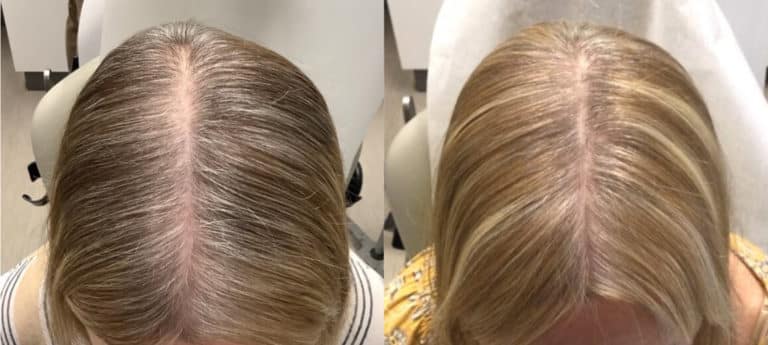
Baseline and Post 2 Treatments. Photo Courtesy of Lady Dy, MD, FAAD
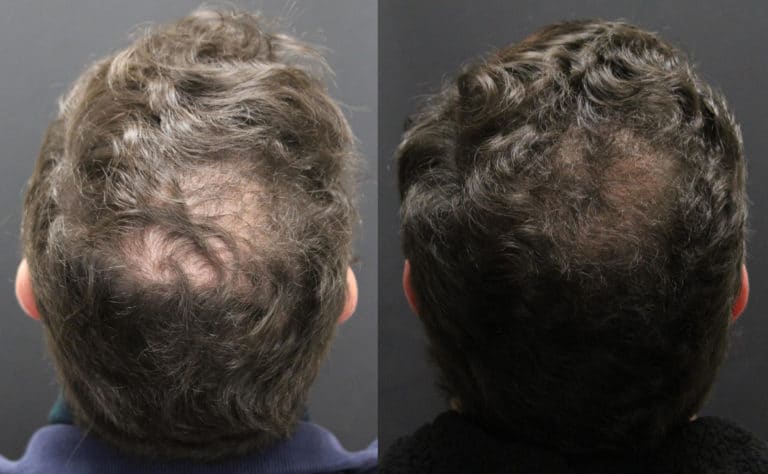
Baseline and Post 3 Treatments. Photo Courtesy of Shraddha Desai, MD, FAAD
